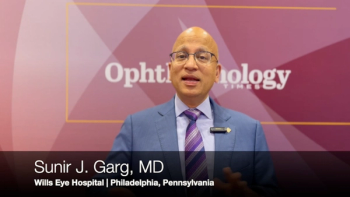
Twenty-year treatment trends
Ophthalmologists today are more likely to begin treatment to reduce intraocular pressure (IOP) at lower levels than twenty years ago, according to a study published in the Journal of Glaucoma, August 2008.
Ophthalmologists today are more likely to begin treatment to reduce intraocular pressure (IOP) at lower levels than twenty years ago, according to a study published in the Journal of Glaucoma, August 2008.
Among those aged ≥50 years of the 18773 subjects enrolled in the Project, the rate of glaucoma was 2.1% and the rate of ocular hypertension was 1.4%.
In 2000, prostagladins overtook topical ß-blockers as the most commonly prescribed initial treatment. By 2005, 75% of subjects were using prostaglandin analogues; 46% were using topical ß-blockers.
The researchers observed that the mean IOP at the time of medical intervention had changed significantly over the last twenty years, and that the IOP-lowering medications most commonly prescribed had also changed.
Newsletter
Get the essential updates shaping the future of pharma manufacturing and compliance—subscribe today to Pharmaceutical Technology and never miss a breakthrough.
















































